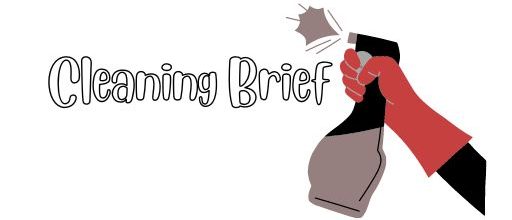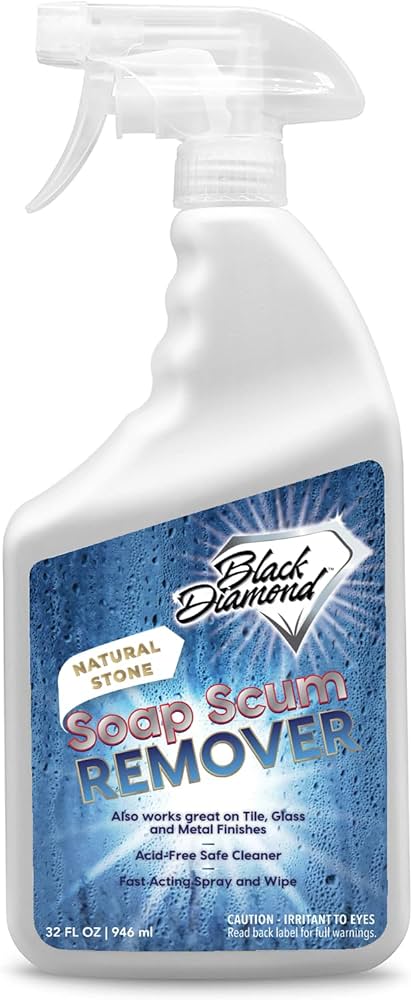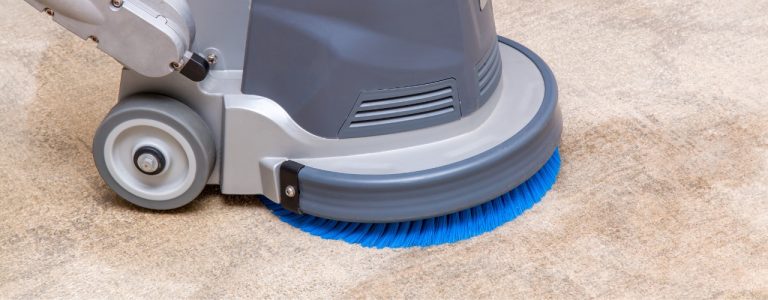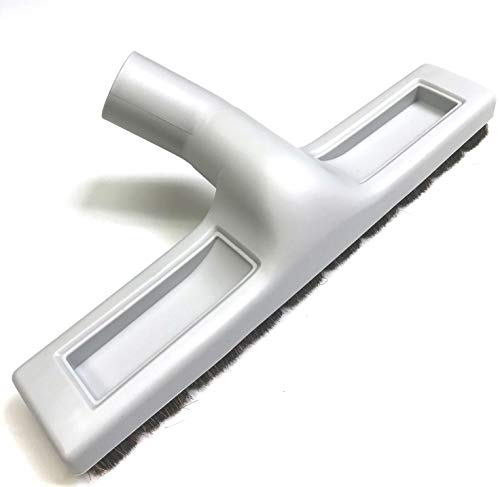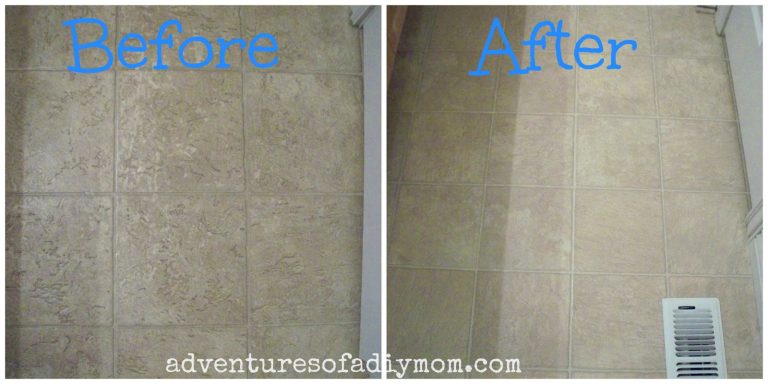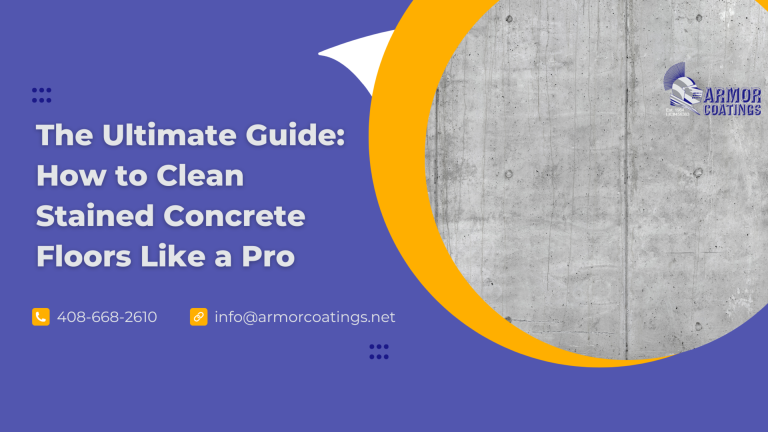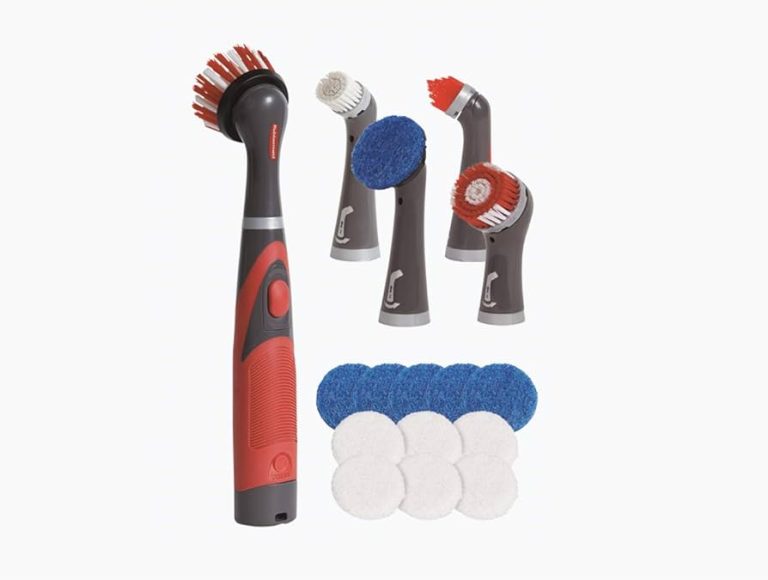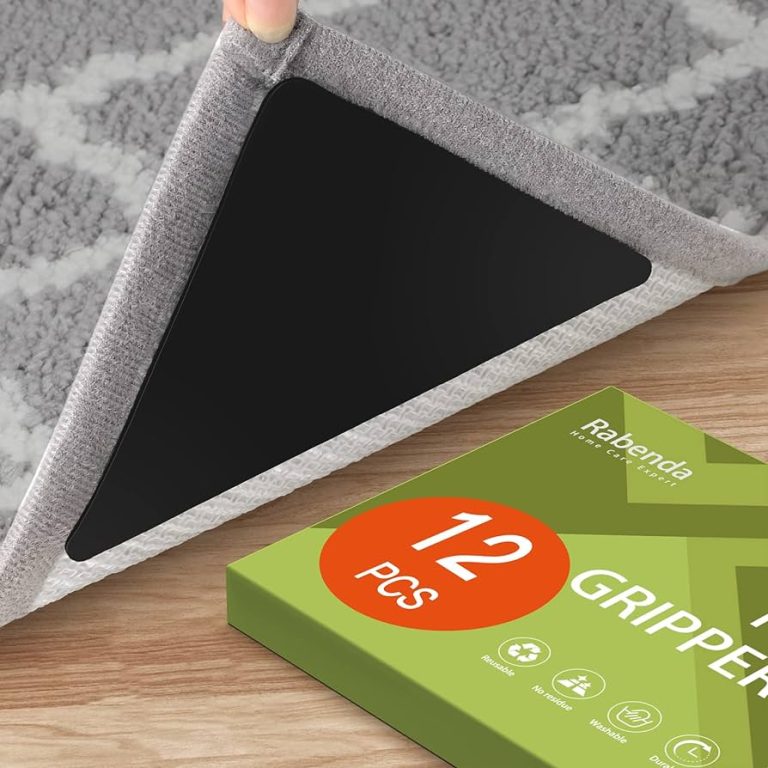How to Revitalize Rough Slate Floor Tiles: Easy and Effective Cleaning Methods
To clean rough slate floor tiles, start by sweeping or vacuuming the surface to remove loose dirt and debris. Then, use a mixture of warm water and mild detergent to mop the floor, ensuring you wring out the mop well to avoid excessive water.
Lastly, rinse the floor with clean water and dry it thoroughly to prevent water spots or streaks.
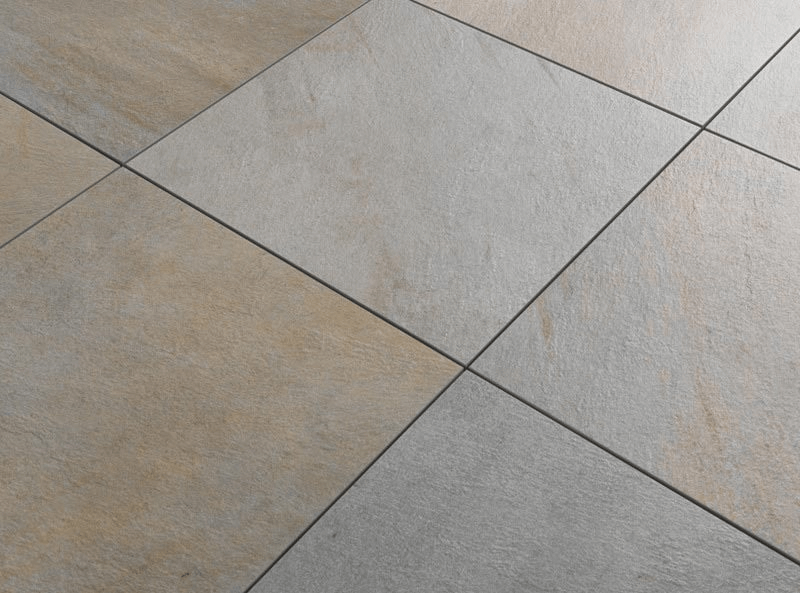
Credit: www.primaporcelain.co.uk
Understanding Slate Floor Tiles
Maintaining a rough slate floor is essential for its longevity. Brush and vacuum regularly to remove dirt and debris. Use a neutral pH cleaner and water to mop the floor, and always dry it thoroughly to prevent water spots and streaks.
Regular sealing prevents stains and ensures a clean, attractive appearance.
Slate floor tiles are a popular choice for homeowners seeking a unique and natural aesthetic. With its inherent beauty and durability, slate can transform any space into a visually striking and long-lasting masterpiece. However, to keep your slate floor tiles looking their best, proper cleaning and maintenance are essential. In this article, we’ll delve into the properties of slate tiles and explore some common issues that may arise. By understanding these aspects, you will be better equipped to clean and care for your rough slate floor tiles.Properties Of Slate Tiles
Slate tiles possess several noteworthy properties that make them a sought-after option for flooring. Understanding these properties will allow you to appreciate the distinct nature of slate and how to maintain its integrity. Here are some key characteristics of slate floor tiles: 1. Durability: Slate is renowned for its strength and resilience. It is a metamorphic rock formed from layers of compressed clay, making it exceptionally durable and resistant to wear and tear. 2. Variation: One of the most appealing aspects of slate floor tiles is their natural variation in color and texture. No two tiles are exactly alike, creating a visually captivating and unique flooring surface. 3. Water Resistance: Slate has a low absorption rate, making it resistant to water damage. This property makes it an excellent choice for areas prone to moisture, such as bathrooms and kitchens. 4. Slip Resistance: The textured surface of slate tiles provides excellent slip resistance, making them a safe option for high-traffic areas or places where spills are likely. 5. Heat Resistance: Slate is also highly heat-resistant, making it suitable for areas with underfloor heating systems. It is important to note that while slate is durable, it is not entirely impervious to damage. To ensure the longevity of your slate floor tiles, regular maintenance and proper cleaning techniques are crucial.Common Issues With Slate Tiles
Despite their durability, slate floor tiles can encounter a few common issues that require attention. Being aware of these challenges will help you address them promptly and maintain the beauty of your slate flooring. Here are some of the most common issues with slate tiles: 1. Stains: Due to its porous nature, slate tiles can absorb spills and stains if not adequately protected or sealed. Certain substances, such as oil and acidic liquids, are more likely to cause staining and should be addressed immediately. 2. Scratches and Chipping: While slate is durable, it can still be susceptible to scratches and chipping if sharp or heavy objects are dragged or dropped onto the floor surface. Using protective pads on furniture and regular sweeping can prevent such damage. 3. Efflorescence: Efflorescence is a common issue that occurs when salts from the slate surface rise to the top and leave a white, powdery residue. This issue can be resolved through proper cleaning techniques and the application of appropriate sealing products. 4. Lackluster Appearance: Over time, slate tiles may lose their natural luster and appear dull. This can be caused by a build-up of dirt, soap residue, or improper cleaning methods. Regular cleaning and the use of recommended slate cleansers will help restore the tiles’ vibrancy. By being aware of these common issues, you can take the necessary steps to prevent or address them effectively. With proper understanding and care, your rough slate floor tiles will continue to enhance the beauty of your home for years to come.Choosing The Right Cleaning Products
Get tips on how to clean rough slate floor tiles with the right cleaning products. Discover effective methods to maintain the quality and appearance of your flooring.
When it comes to cleaning rough slate floor tiles, selecting the appropriate cleaning products is crucial. Using the wrong cleaners can damage the surface of the tiles, leading to costly repairs or replacements. In this section, we will explore some important factors to consider while choosing the right products for cleaning rough slate floor tiles.
Understanding Slate-safe Cleaners
Before you begin cleaning your rough slate floor tiles, it is important to understand what type of cleaners are safe for slate surfaces. Slate is a natural stone that is porous and can be easily stained or damaged by certain chemicals. To ensure the longevity and beauty of your slate floors, opt for cleaners specifically formulated for slate or natural stone surfaces. These cleaners are designed to effectively remove dirt, grime, and stains without harming the slate.
One good option is to look for pH-neutral and mild cleaners. These cleaners are gentle on slate tiles while still being effective in removing dirt and grime. They are formulated to maintain the natural color and shine of the slate without causing any discoloration or damage.
Avoiding Harsh Chemicals
When cleaning rough slate floor tiles, it is crucial to avoid using harsh chemicals that can cause damage. Harsh chemicals such as bleach, ammonia, and acidic cleaners can strip away the protective sealant on the slate, leading to discoloration and etching. Additionally, these chemicals can penetrate the porous surface of the slate, causing it to fade or become brittle over time.
Instead of harsh chemicals, opt for natural or eco-friendly cleaning solutions. These alternatives are less likely to cause harm to the slate while still effectively cleaning the tiles. Common household ingredients like vinegar and baking soda can be mixed with warm water to create a gentle homemade cleaner. Always remember to test any new cleaner on a small, inconspicuous area of the floor before applying it to the entire surface.
Cleaning your rough slate floor tiles doesn’t have to be a daunting task. By understanding the importance of choosing slate-safe cleaners and avoiding harsh chemicals, you can ensure that your slate floors remain beautiful and durable for years to come.
Basic Cleaning Techniques
Cleaning rough slate floor tiles is essential to maintain their natural beauty and longevity. With the right techniques, you can easily keep your slate floors looking pristine. Start with the basic cleaning techniques to ensure that your slate floor stays in top condition for years to come.
Sweeping And Vacuuming
Regular sweeping and vacuuming help in preventing the accumulation of dust, dirt, and debris on the slate surface. Use a soft-bristled broom or a vacuum with a soft brush attachment to gently remove loose dirt and debris without causing damage to the tiles. Pay special attention to the grout lines to ensure they remain free of dirt and debris.
Mopping With Gentle Solutions
When mopping your slate floor, it’s crucial to use gentle cleaning solutions to avoid damaging the natural stone. Create a mixture of mild detergent and warm water to mop the floor. Avoid using acidic or harsh cleaners that can erode the surface of the slate. Wring out the mop thoroughly to prevent excess moisture from seeping into the tiles.
Deep Cleaning Methods
Discover effective deep cleaning methods for rough slate floor tiles. Learn how to remove dirt, grime, and stains to restore the natural beauty of your slate floors.
Deep Cleaning Methods Rough slate floor tiles can accumulate dirt and stains over time, making them look dull and unattractive. To restore their natural beauty, it is essential to deep clean them periodically. In this section, we will explore two effective methods for deep cleaning rough slate floor tiles: using steam cleaners and applying natural stain removers.Using Steam Cleaners
Steam cleaners are a great option for deep cleaning rough slate floor tiles. The steam’s high temperature helps to loosen and dissolve dirt, grime, and stains, leaving your tiles looking fresh and revitalized. Here’s a step-by-step guide on how to use a steam cleaner:
- Prepare the steam cleaner by following the manufacturer’s instructions.
- Ensure the slate tiles are free from any loose debris by sweeping or vacuuming the floor beforehand.
- Fill the steam cleaner’s water tank with clean water.
- Plug in the steam cleaner and allow it to heat up according to the manufacturer’s specified time.
- Once the steam cleaner is ready, hold the nozzle about an inch above the slate tile surface and release steam in a controlled manner.
- Move the steam cleaner across the entire floor, working in small sections at a time.
- For stubborn stains, you may need to apply more steam or use a scrub brush to agitate the dirt.
- After steam cleaning the entire floor, allow the slate tiles to dry completely before walking on them.
Applying Natural Stain Removers
If you prefer an eco-friendly approach, natural stain removers can effectively clean rough slate floor tiles. Here are a few natural ingredients you can use to tackle common stains:
| Stain Type | Natural Stain Remover |
|---|---|
| Grease and oil stains | Absorbent materials like baking soda or cornstarch |
| Watermarks | A mixture of equal parts white vinegar and water |
| Discoloration | A paste made of hydrogen peroxide and baking soda |
| Mold and mildew | A solution of water and tea tree oil or vinegar |
Here’s how you can use these natural stain removers:
- Identify the type of stain and choose the appropriate natural stain remover from the table.
- Apply the chosen stain remover directly to the stained area and let it sit for a few minutes.
- Gently scrub the stained area using a soft brush or sponge.
- Rinse the area with clean water and dry it thoroughly.
- If the stain persists, repeat the process or try a different natural stain remover.
Maintaining And Sealing Slate Floors
To clean rough slate floor tiles, start by sweeping or vacuuming to remove dirt. Then use a mixture of water and mild detergent, scrub the floor with a soft brush, and rinse thoroughly. Allow the floor to dry completely before sealing with a penetrating sealer for long-lasting protection.
Regular Maintenance Practices
Regular maintenance is essential to keep your rough slate floor tiles clean and looking their best. Here are some simple practices you can follow:
- Sweep or vacuum the floor regularly to remove dirt and debris. This will help prevent scratches and keep the surface clean.
- Use a damp mop with a mild soap solution to gently clean the slate tiles. Avoid using abrasive cleaners or harsh chemicals as they can damage the surface.
- Wipe up spills immediately to prevent staining. Slate is porous, so it can absorb liquids quickly.
- Place doormats at the entrances to prevent dirt and grit from being tracked onto the floor.
- Avoid dragging heavy furniture or objects across the floor, as this can scratch or damage the tiles.
Sealing The Slate Tiles
Sealing your slate floor tiles is an important step in maintaining their beauty and protecting them from stains. Here’s how you can seal the tiles:
- Start by thoroughly cleaning the floor to remove any dirt, dust, or grime.
- Determine the type of sealer suitable for your slate tiles. There are two main types: topical sealers and impregnating sealers.
- Apply the sealer evenly to the tiles using a clean mop or roller. Be sure to follow the manufacturer’s instructions and apply the recommended number of coats.
- Allow the sealer to dry completely before walking on the tiles or placing any furniture back in the room.
- Regularly check the condition of the sealer and reapply as needed. This is especially important in high-traffic areas or if you notice the water is no longer beading on the surface.
By following these regular maintenance practices and sealing your rough slate floor tiles, you can extend their lifespan and keep them looking beautiful for years to come.

Credit: www.amazon.com
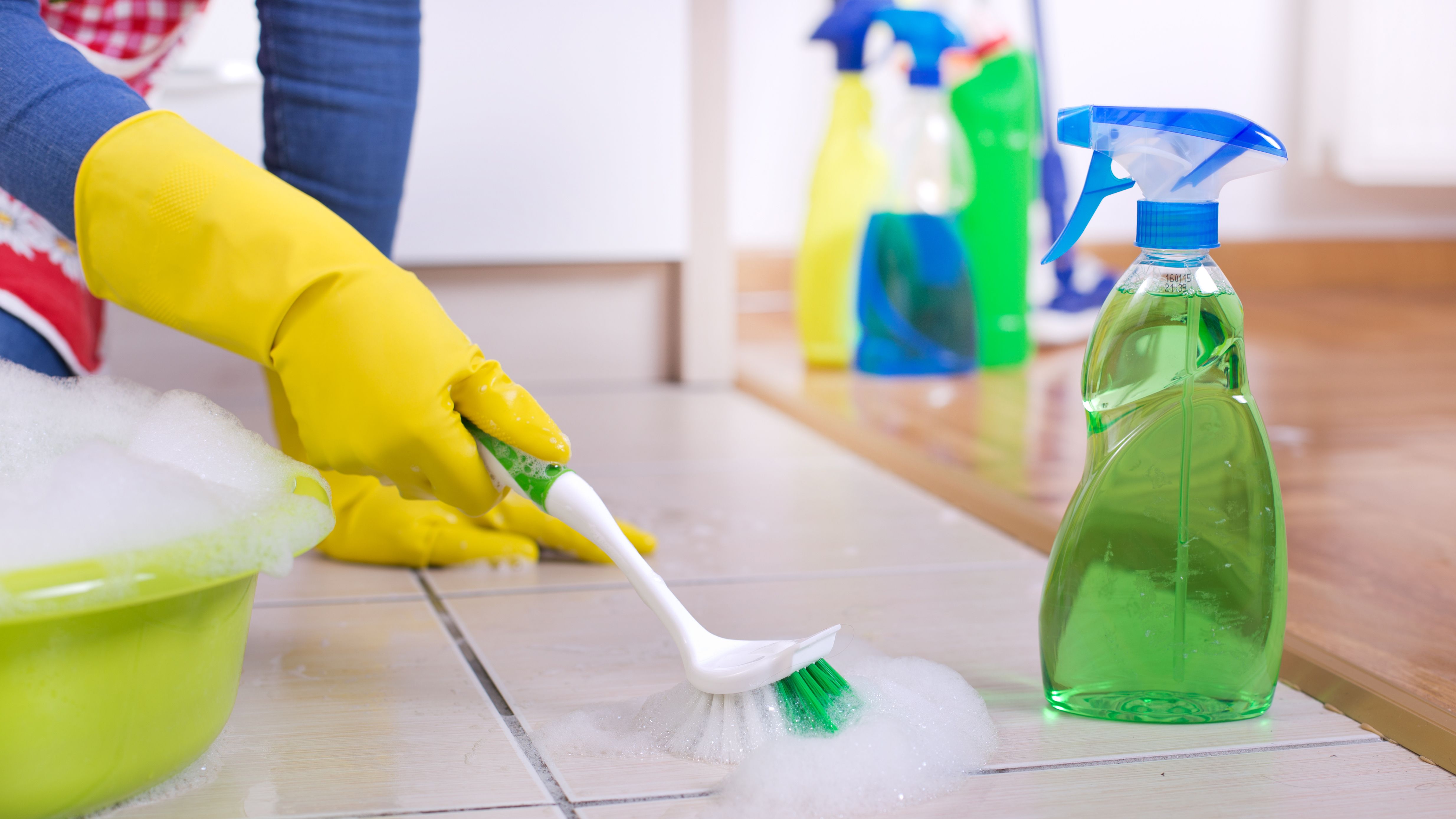
Credit: www.goodhousekeeping.com
Frequently Asked Questions For How To Clean Rough Slate Floor Tiles
How Do I Clean Rough Slate Floor Tiles?
To clean rough slate floor tiles, start by vacuuming or sweeping the surface to remove loose dirt and debris. Then, mix a gentle pH-neutral cleaner with warm water and use a soft-bristle brush to scrub the tiles. Rinse with clean water and dry thoroughly.
Avoid using acidic or abrasive cleaners that can damage the slate.
Can I Use Bleach To Clean Slate Floor Tiles?
No, it is not recommended to use bleach on slate floor tiles. Bleach can be too harsh and may damage the surface of the tiles. Instead, opt for a gentle pH-neutral cleaner that is specifically formulated for use on slate.
This will help to clean the tiles effectively without causing any harm.
How Often Should I Clean My Rough Slate Floor Tiles?
The frequency of cleaning rough slate floor tiles depends on factors like foot traffic and level of dirt accumulation. Generally, it is recommended to clean slate floor tiles at least once a week to keep them in good condition. However, high traffic areas may require more frequent cleaning.
Regular maintenance will help preserve the beauty and longevity of the tiles.
Conclusion
Properly maintaining and cleaning rough slate floor tiles is essential in preserving their natural beauty and longevity. By following the recommended cleaning techniques and regular maintenance routine, you can ensure that your slate floor tiles remain in optimal condition for years to come.
Embracing these simple yet effective cleaning methods will help you in achieving a clean and stunning slate floor.
